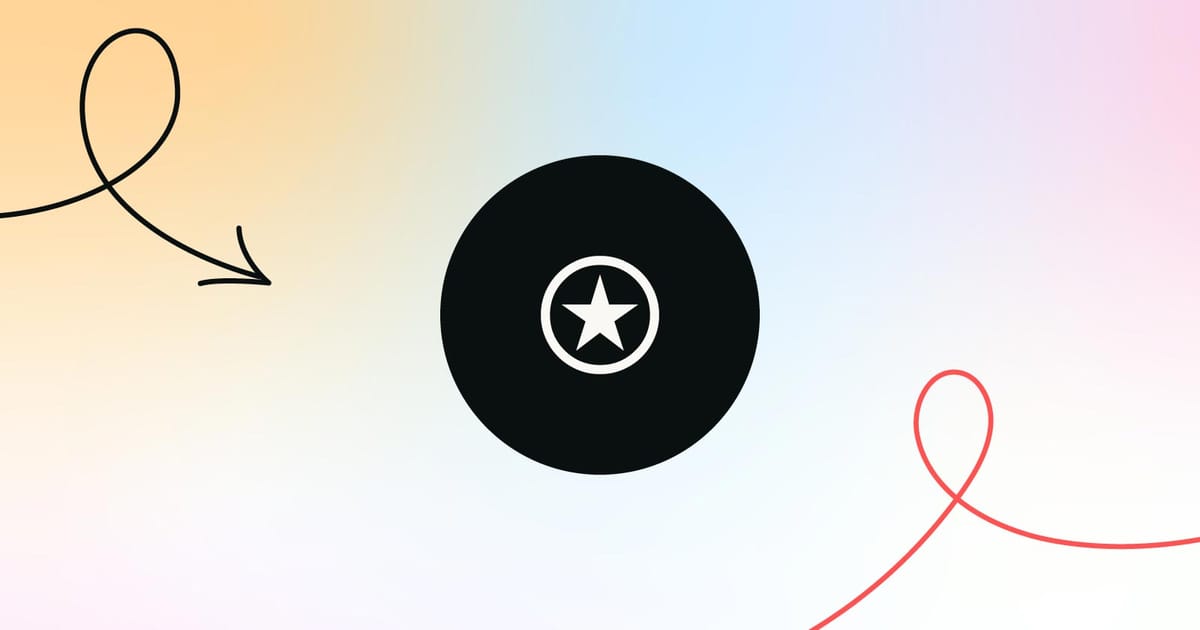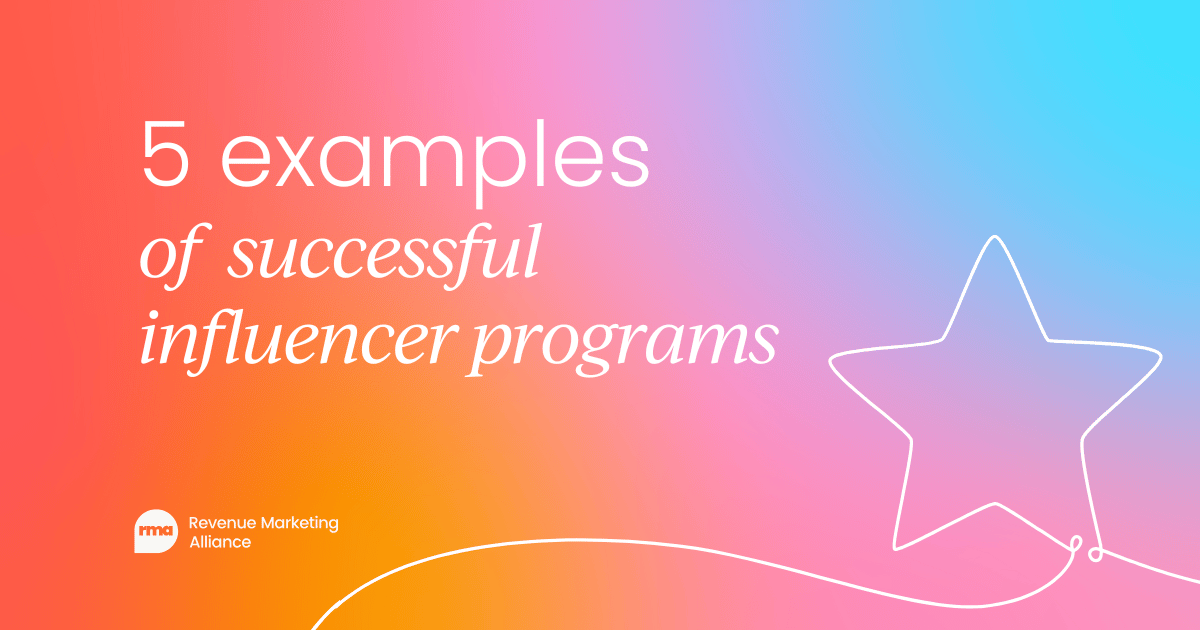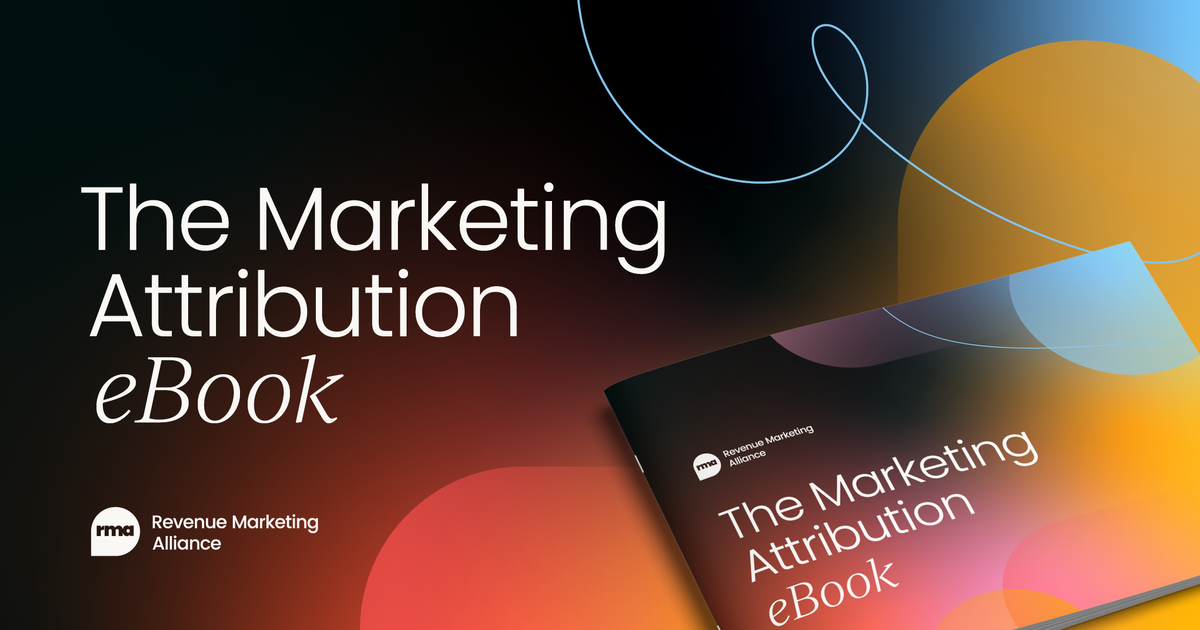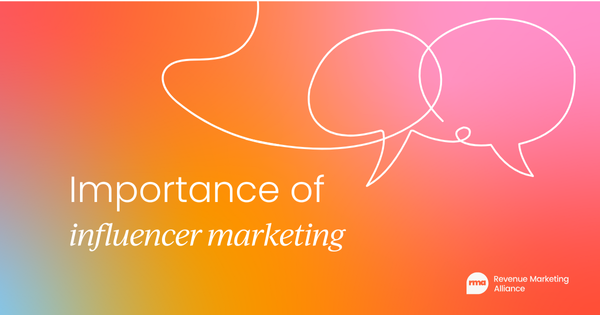Influencer marketing is a crucial part of many brands’ marketing strategy – social media has changed the way people interact and consume content, and influencers can be the bridge between brands and audiences, helping you to build trust.
In fact, the global influencer marketing market value reached 21.1 billion USD in 2023 and the ad spend for 2024 is expected to reach over 35 billion USD by the end of the year.
Clearly, this type of marketing isn’t going anywhere. So why should you consider it?
What is influencer marketing?
Simply put, influencer marketing means partnering with people who have a solid following, as well as engagement, on social media, using them to promote a product, service, or brand.
This type of marketing works because the influencers leverage their knowledge, authority, and relationship with their followers to help you reach a wider audience.
Influencers can do many things for you, from creating reviews and tutorials to recording unboxing videos, hosting/attending live events, sharing personal stories, and more.
There are also different types of influencers. The ones with millions of followers, like actors and other celebrities, although they may not be niche enough. Others have smaller, highly engaged audiences (a.k.a., micro-influencers) who’ve built strong, authentic connections with their followers, so it’s up to you to decide what suits you best.

What are the benefits of influencer marketing?
Trust and credibility
Building an audience from scratch is hard, but influencer marketing helps you use an existing audience you can leverage. Influencers will have done the legwork, after all! Consumers are increasingly looking for authenticity and want to get recommendations that actually work.
Social proof has always been a thing (e.g., reviews and testimonials), and, with influencer marketing, people see the influencer as someone credible who they can trust about a product. So, if they endorse yours, it’s more likely audiences will view it as a recommendation instead of a hard sell.
In short, if the influencer is genuinely aligned with your brand, you can see an increase in trust and conversions.
Targeted reach
You can reach highly specific audiences by choosing influencers with followings in a relevant niche. Doing so allows you to tap into audiences you may not have reached otherwise, offering you a direct line to new customers who will be interested in what you’re offering.
The right influencer can get your product in front of thousands and/or millions of potential customers with just one social media post.
Improved engagement
Influencer content tends to get higher engagement because people are usually more interested in personal recommendations instead of traditional ads. Followers trust influencers and interact with their posts, which will lead to more likes, shares, and comments as well.
This engagement can help you boost your brand visibility and credibility within your community. People are more likely to take an interest in your brand if they see their peers engaging with it.
Diverse content creation
Influencers are content creators and so, by partnering with them, you can access unique, personalized content for your brand or product. Their voice, creativity, and style can create a fresh perspective people resonate with – and which matches the image of your brand as well.
This also saves you resources, since the influencer is the one spending time and effort to create content tailored to their audience.
Get more conversions and sales
Of course, if people are more likely to buy a product based on a recommendation of someone they trust and follow, this means influencer marketing helps you to get more sales. Influencers can direct people to your pages, offer promotional codes or links, and, overall, make the process that much easier.
The ROI for influencer marketing can be significant, as it’s not uncommon for these partnerships to increase leads, sales, and brand loyalty.
And what are its downsides?
It’s not all sunshine and rainbows. There are also cons to using influencer marketing. Here are a few of them:
High costs
Influencer marketing can be costly, especially if you opt for influencers with millions of followers since they tend to charge more. However, if you pick smaller influencers, they may not have the reach you need. So, making a return on investment can be a challenge.
Risk of inauthentic partnerships
When influencers promote a brand or product, their endorsement can come off as fake, which can negatively impact the audience. People can see when influencers are pushing products they don’t care about or use, so it’s crucial to pick the right partnership.
Fraudulent numbers
There’s no guarantee that the influencer won’t inflate their follower or engagement metrics, which can mislead you when you’re looking for a partner. A high following might be meaningless if the engagement rates are low since it indicates an audience who isn’t interacting with the content.
Risk of negative publicity
Influencers are public figures who may face scandals or backlash due to their behaviors and attitudes. If you’re associated with them, this may end up harming your reputation. Many brands have had to cut ties with influencers, which also disrupts their campaigns and may even require crisis management.
Short-term impact
Another downside of influencer marketing is that you may see a temporary boost in visibility or sales but might not translate into long-term loyalty. People may lose interest in your brand or product after the campaign is over, so it can be hard to maintain momentum without overly relying on influencers.
How do you measure success with influencer marketing?
Measuring the success of your marketing efforts is not always easy, but that doesn't make it impossible. When it comes to influencer marketing, here are the many different ways you can track performance and find out what works and what doesn’t:
- Engagement metrics, such as likes, comments, and shares can go a long way to determine the success of your campaign since they show people are actively engaging with the content. Saves on platforms like Instagram can also indicate followers have found the content valuable and want to revisit it at a later date.
- Reach and impressions, which measure the unique number of people who saw the influencer’s post, can help you to gauge how much exposure the campaign has, as well as the number of times the content is viewed, which can help you understand how interested people actually are.
- Audience growth is another good measure. It tells you that more people are following you because the influencer helped to introduce more people to your brand.
- The amount of traffic to your website or landing page allows you to monitor how many people clicked through to your content (make sure to use UTM parameters on your links). Analytics tools give you information such as where the traffic is coming from and whether you’ve had an increase in sales.
- Conversion metrics like sign-ups, revenue, and downloads indicate how many people are converting through the influencer’s content.
- Sentiment analysis measures the tone of comments, tags, and mentions to form a picture of how your audience perceives you. A positive sentiment means that the campaign has a positive influence on your brand image.
These aren’t the only way to determine how successful the influencer marketing campaign is, but they’re a great starting point.

3 examples of successful influencer marketing
Gymshark
The #Gymshark66 campaign encouraged people to change their lives in 66 days. In the brand’s words:
“Gymshark66 is a 66-day challenge that encourages you to focus on the small wins. Whether it’s 30 mins at the gym or a 30-min walk. 10 mins of mindfulness or 10 pages of a book. All you’ve gotta do is choose three daily habits that suit you. (...) ”Before you know it, the 66 days are up. And those daily ticks have become habits. And those habits have changed your life.”
Gymshark collaborated with fitness influencers who then motivated their followers to join the challenge. The result? The challenge boosted the company’s community engagement and also their brand visibility.
Dunkin’
The Dunkin’ team partnered up with Charli D’Amelio, a TikTok influencer, to create “The Charli”, a signature drink that reflected her favorite order.
Dunkin’ also gave fans the opportunity to enjoy “The Charli” with the star herself”, by launching a contest where people could post a photo on Instagram using the #CharliXDunkinContest tag – five people were then chosen to hang out with Charli virtually and get a few lessons from her in video creation.
This collaboration led to Charli’s massive following downloading the app and buying the drink, resulting in a huge bump in sales for Dunkin’.
Absolut
The “Planet Earth’s Favorite Vodka" initiative was created in partnership with eco-conscious influencers to promote Absolut’s commitment to sustainability. This collaboration highlighted the brand’s environmental efforts but also resonated with audiences who valued these sustainable practices.
In total, 95 influencers created 612 posts, and the campaign got over 68 million impressions, 7+ million views, and over 700k active engagements.
This campaign actually won Gold at the Influencer Marketing Awards.

In short
Influencer marketing has changed from being a trend to becoming a critical aspect of modern marketing. You’re tapping into the trust and engagement influencers have with their audiences, which in turn can give you authenticity and reach – something that a more traditional marketing campaign might not be able to do.
Okay, so you want to create an influencer marketing campaign; how can you correctly attribute traffic to it? How do you know which channels are really putting in the work?
This is where our Marketing Attribution ebook comes into play. Get your free copy and make better informed decisions.




 Follow us on LinkedIn
Follow us on LinkedIn






